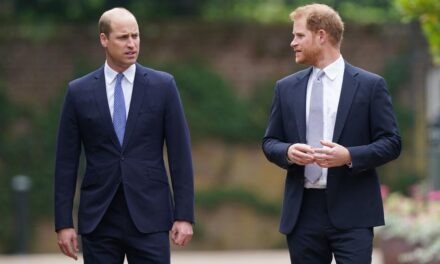
How Black archives are highlighting overlooked parts of history and culture
CNN —
To scroll through We The Diaspora is to meditate on the mundanities of Black life.
Vintage photos show Black people splashing around in water, dancing in a nightclub, kissing their partner on a balcony. Portraits capture Muhammad Ali waiting in a hallway before an exhibition match, Prince playing basketball, Diana Ross eating a rib. Whether the camera is aimed at regular people or famous figures, the moments on display are delightfully ordinary.
That quality is intentional, says the Instagram account’s curator Jiya Pinder. She launched We The Diaspora during the Black Lives Matter protests of summer 2020 – a salve for the barrage of images depicting Black pain and trauma. It’s not that there wasn’t truth in those images, she says. But there was so much more that wasn’t being reflected.
“It was an accessible way for people to peek into the past,” Pinder says of the project. “I really just wanted to create a photo archive that captured the history, cultural diversity and everyday life experiences of people across the African diaspora.”
Outside of her day job as a social media manager, Pinder says she spends a few hours each week combing through digital archives and photographer portfolios to source images for We The Diaspora. The result is a rainbow of imagery – metaphorically and literally – that provides a glimpse into Black life over the last century.
Pinder is part of a larger movement of archivists, curators and memory workers who seek to elevate overlooked parts of Black history and culture. Though their mediums range from social media accounts to digital libraries to museum collections, their missions are the same: To tell a more complete story about Black existence.
In recent years, digital archiving projects from both amateurs and professionals have made Black history – and the process of preserving it – more accessible.
The storied Instagram account Black Archives showcases the Black experience through visuals, much like We The Diaspora, which came after it. The Black Beauty Archives celebrates the evolution of Black aesthetics and beauty rituals through digital museum collections. Black Film Archive contextualizes lesser-known works of Black cinema and lets users know where to stream them. Archiving the Black Web aims to document Black internet culture and make the process itself more inclusive. And thanks to the efforts of archivists and activists, artwork from the Black Lives Matter memorial is now on display online at the Library of Congress website.
It’s notable that many recent efforts originated at the wcommunity and grassroots level. According to data from the Society of American Archivists, the most recent of which was published in 2006, about 3% of professional archivists in the US identify as Black. (The organization plans to release updated numbers early this year.) And while there are certainly several notable institutions with trained professionals who process and contextualize Black culture and history, some individuals have taken it upon themselves to fill in the gaps.
That was the ethos behind the Black Film Archive. Maya Cade, who works for the Criterion Collection by day, says she started the project partly to shift the conversation around Black cinema. While the world of Black film dates back more than a century and includes musicals, romantic comedies and science fiction, Cade noticed online discourse tended to emphasize stories of trauma.
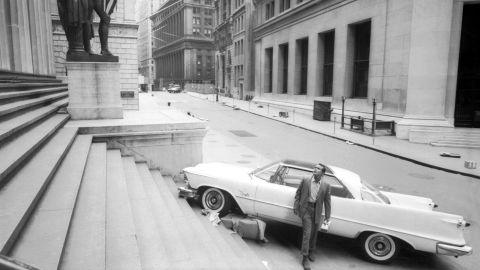
“When we have a deeper engagement with history, we quickly see that that is not true,” she says.
Cade, who considers herself as a lifelong student of Black film, wanted her archive to showcase how Blackness has been portrayed in cinema over time – and in turn, highlight “the fullness of Black identity and cinema.”
What’s special about many recent archival projects is that they’re for Black people – by Black people.
Cade says she wanted her project to specifically expand Black people’s knowledge of Black cinema – that anyone else might find that information interesting was just the cherry on top.
“Archiving is really a regenerative practice,” she says. “The act of collecting, sorting, preserving and making available is an act of love for a group. It’s an act of care. At least, I think it should be.”
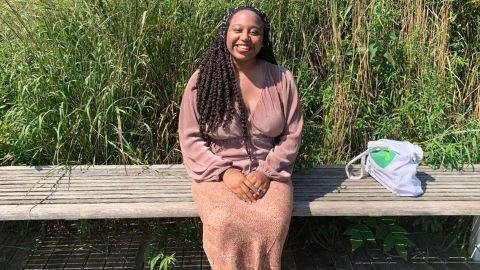
Black Film Archive’s focus on Black communities is evident in details big and small. Cade says she spends at least three hours a day researching films to include on the platform, writing descriptions that put them into context and fact checking and editing her own work. From website design to film selection, from what context is included to what knowledge is assumed, Cade says she’s constantly asking herself how she can better serve the people that her archive is intended to celebrate.
The question of what audiences are being served by archives is something Dorothy Berry grapples with, too.
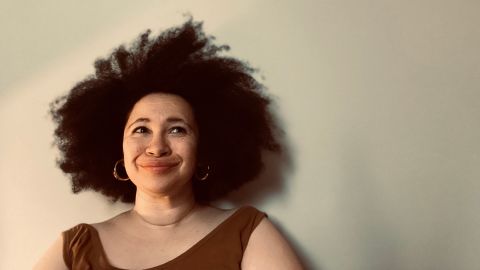
Berry works as a digital collections program manager for the Houghton Library, Harvard University’s primary home for rare books and manuscripts. While being at an institution like Harvard means that archival materials are inevitably catering to a wider audience, Berry says she makes a deliberate effort to ensure that the library’s collections are just as accessible for a scholar conducting research as they are for someone who just wants to learn more about their own history.
“I think of what I do as advocating and trying to get this material in the hands of people for whom it has both research and personal value,” she says.
Over the past year, Berry led a project that digitized and contextualized African American primary sources on around slavery, abolition and emancipation. While materials in major collections and archives often center the perspective of enslavers, Houghton Library’s exhibit instead amplifies the Black voices from those time periods through a free and publicly available collection on its website.
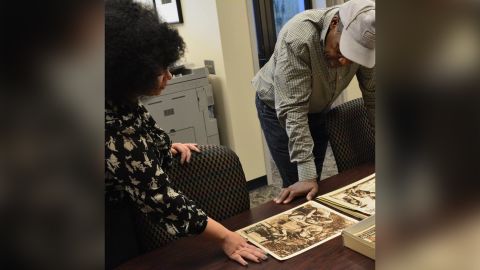
Berry says a professor at another institution recently told her that she planned to use material from the exhibit in a course on Black culture, while the professor’s partner planned to incorporate it in their 10th grade lesson plans. At a time when some White people are attempting to restrict what history gets taught in schools, being able to provide materials that go beyond what’s found in textbooks feels significant, Berry says.
“That’s my small contribution,” she says. “I hope it’s helping people still continue to research history.”
While some of the tools today are newer, the phenomenon of Black people documenting and preserving their stories is rooted in a long tradition. Enslaved Africans recorded their experiences through folk tales told in secret, while later generations saved family photos and heirlooms. William Henry Dorsey, an African American man in the 19th century, filled nearly 400 scrapbooks with articles about anything related to Black lives.
White institutions, however, historically had little regard for archival materials capturing the lives of ordinary Black people. And institutional and legal barriers made it harder for African Americans to access ancestry and genealogy records – if those records existed at all.
That’s why Pinder, the creator of We The Diaspora, sees archiving as a radical act.
“Remembering is access,” she says. “In the past, Black people [weren’t] really given access to marriage certificates or medical records in some places. I think to offset that, a lot of Black people have relied on personal family archives.”
In collecting photos that capture moments of everyday Black life, Pinder says she is not only charting the evolution of Black experience, but signaling to Black folks that their stories, too, are worthy of documentation. And eventually, she hopes to use her platform to help others archive their own lives.
“We are embodying archives every day through creating memory and records,” she adds. “We genetically and physically carry these legacies. Even now that we all have cameras on our phones, taking those pictures are necessary for the next generation and being able to ensure that we’re nurturing and calling on our histories.”
Learning more about the past can help shape how Black folks think their futures, Cade says. And for that reason, she considers the work essential.
“When we make history accessible, we reimagine what the future can hold,” she says. “That is the chief reason that I will pour my time, my energy, my love, my hope, my ambitions, my dreams, into archiving, in whatever form it takes me in.”
Source: https://www.cnn.com/2022/02/19/us/black-archivists-history-culture-cec/index.html






